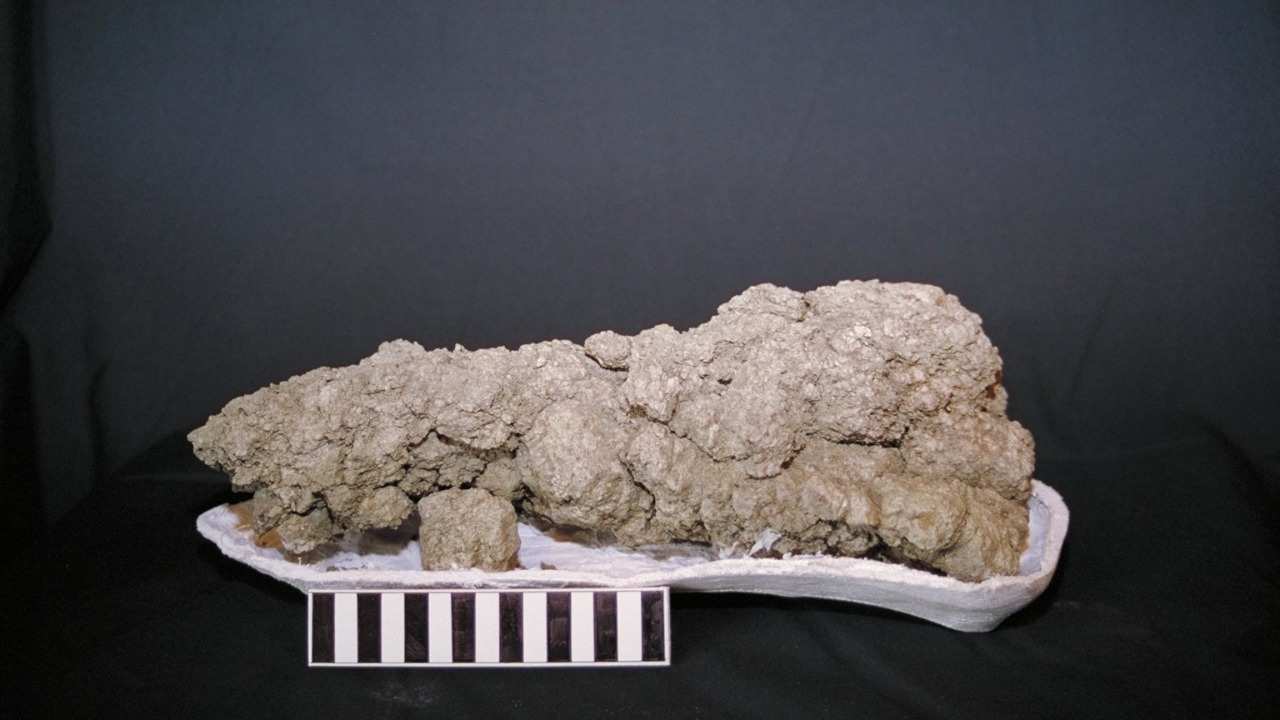
Researchers have recently unearthed coprolites, or fossilized feces, from Mexico’s ‘Cave of the Dead Children’ that date back 1,300 years. These ancient excrements are teeming with parasites, shedding light on the health challenges faced by the prehistoric inhabitants of the region. The findings provide a unique biological record of diseases that plagued early Mesoamerican societies.
The ‘Cave of the Dead Children’ Site
The ‘Cave of the Dead Children’, located in Mexico, is an archaeological site of significant interest due to its preserved human remains and artifacts from prehistoric times. The cave’s name stems from the discovery of numerous child burials within its depths, giving it a somewhat grim reputation. The cave’s environmental conditions have allowed for the natural mummification and preservation of organic materials, including coprolites, over 1,300 years.
Initial excavations at the site revealed human skeletal remains, primarily of children, which led to the cave’s ominous nickname. The preservation of these remains, along with the coprolites, offers a unique window into the past, providing direct evidence of the diets, health, and living conditions of the prehistoric inhabitants.
Discovery of the Ancient Coprolites
The 1,300-year-old poop samples were discovered within the ‘Cave of the Dead Children’, preserved as coprolites due to the cave’s unique environmental conditions. These samples were identified among other cave deposits, marking them as significant evidence of ancient diets and health.
The collection process involved careful extraction to avoid contamination, ensuring the samples remained suitable for later pathogen analysis. The coprolites provide a direct link to the past, offering a unique opportunity to study the health and lifestyle of the cave’s prehistoric inhabitants.
Parasites Identified in the Poop
Analysis of the 1,300-year-old poop revealed a heavy infestation of intestinal parasites. These parasites are indicative of poor sanitation or contaminated water sources in the vicinity of the cave. The types of parasites detected suggest that the prehistoric inhabitants of the region were plagued by widespread infection.
The abundance of parasites in the samples paints a picture of a population struggling with chronic health issues, likely due to the high levels of parasite infestation. This discovery provides a unique insight into the health challenges faced by early Mesoamerican societies.
Analysis Methods Used
The ancient poop from the ‘Cave of the Dead Children’ was subjected to a range of scientific techniques, including DNA sequencing, to detect remnants of parasites. Microscopy and other lab methods were also used to reveal the teeming parasites, ensuring non-destructive testing of the fragile coprolites.
An interdisciplinary approach was adopted, involving archaeologists and parasitologists working together to interpret the biological data. This collaborative effort was crucial in understanding the health implications of the parasite infestation for the prehistoric population.
Health Implications for Prehistoric People
The pathogens found in the 1,300-year-old poop suggest that the prehistoric inhabitants of the ‘Cave of the Dead Children’ region suffered from chronic health issues. The high levels of parasite infestation likely led to malnutrition and weakened immunity among the population.
These findings provide valuable insights into the patterns of disease in Mesoamerican prehistory. However, it is important to avoid speculating on unverified causes of these health issues. The evidence points to a population struggling with parasite-related diseases, but the exact causes remain a subject of ongoing research.
Archaeological and Cultural Context
The ‘Cave of the Dead Children’ holds a significant place within prehistoric Mexican societies. The presence of child burials suggests that the cave may have been used for ritual or burial practices. Artifacts found within the cave, along with dietary clues from the coprolites, provide a glimpse into the daily life of these ancient communities.
The discovery of parasites in the coprolites enhances our understanding of the environmental challenges faced by these communities. It paints a picture of a population struggling with health issues, likely due to poor sanitation and contaminated water sources.
Modern Significance of the Findings
The analysis of the ancient poop contributes to our current understanding of parasite evolution over 1,300 years in the ‘Cave of the Dead Children’. These findings have potential implications for public health, drawing historical parallels to modern sanitation issues in similar environments.
Ongoing research plans for the site include further studies on additional coprolites to gain more insights into the pathogens that plagued the prehistoric inhabitants of the ‘Cave of the Dead Children’. The continued study of these ancient coprolites promises to shed more light on the health challenges faced by early Mesoamerican societies.
More from MorningOverview